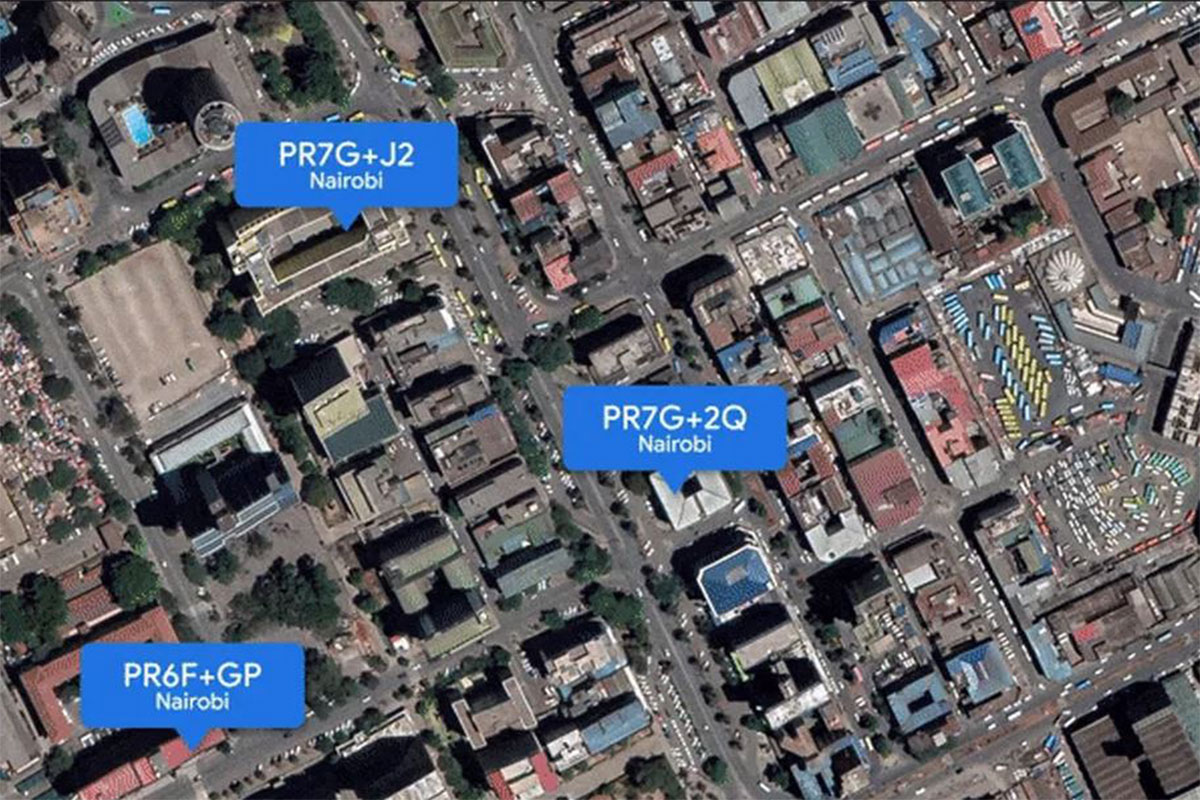Misguided by GPS, 2 doctors die after car falls in Periyar River in Kerala
According to reports citing one of the survivors, they reached a waterlogged road and the Google Maps pointed them straight ahead.
Tap the blue dot to get a Plus Code, your virtual address.

This code can be given to others and used when you’re located away from a traditional street address. (Photo: Google)
Google is introducing a new feature Maps app that generates a unique six-digit code based on your location- the blue circle icon that represents your location in the app can now be tapped to create the code. It’s called a “Plus Code.”
This code can be given to others and used when you’re located away from a traditional street address.
Google Maps has the option to show Plus Codes since August 2015. The new change, however, is aimed to expand Plus Codes usage by allowing users to easily share their locations.
Advertisement
A Plus Code is essentially a digital address and it’s derived from latitude and longitude coordinates. It can be generated for any location.
“The technology to generate Plus Codes is also open source, which means the technology is easy and free to use, so anyone can see how the technology works and develop their own applications for any use case,” David Martin, Director of Program Management, Google Maps, said in a statement on Friday.
User can also long tap on a spot to put a pin on it and get a code for that.
Alongside the Plus Code, the application will also show other options including options to see nearby places, share your location and save your parking.
Once the app shows the Plus Code on the screen, one will be able to copy it just by tapping on it. Now, one will be able to share it among contacts by pasting it on apps like WhatsApp, Messages and more.
Google and the Addressing the Unaddressed NGO have shown how Plus Codes were used to help give addresses to a community in Kolkata, India, back in 2018.
https://www.youtube.com/watch?v=Et-TYqpOV2s
Back in February, Google CEO Sundar Pichai described Plus Codes as an important part of making Google Maps work for more people around the world. “With a digital address, more people will be able to access things like banking and emergency services, receive personal mail and deliveries, and help people find and patronize their businesses,” the CEO wrote. “It’s still in early days, but we’re excited about the potential.”
Advertisement